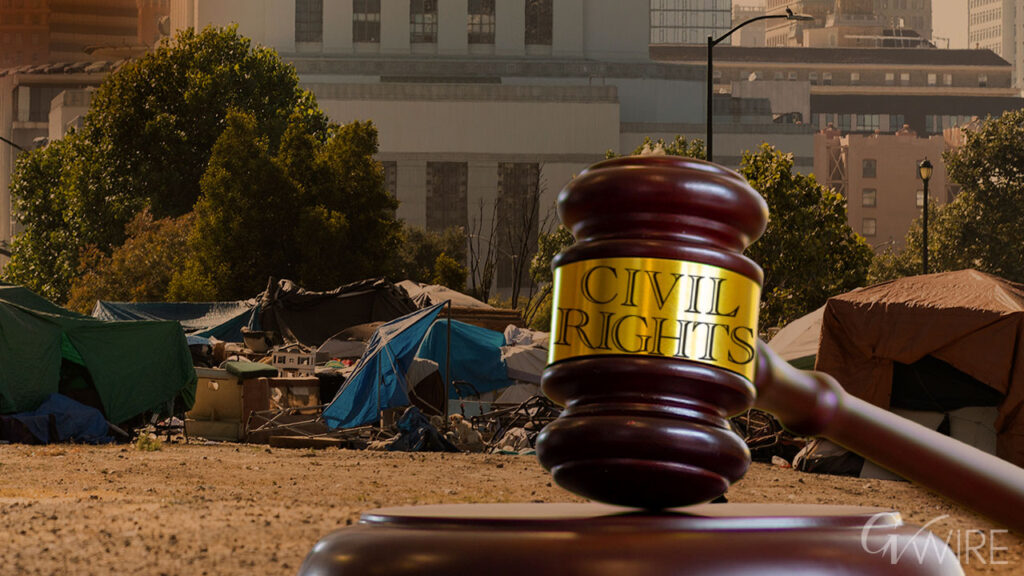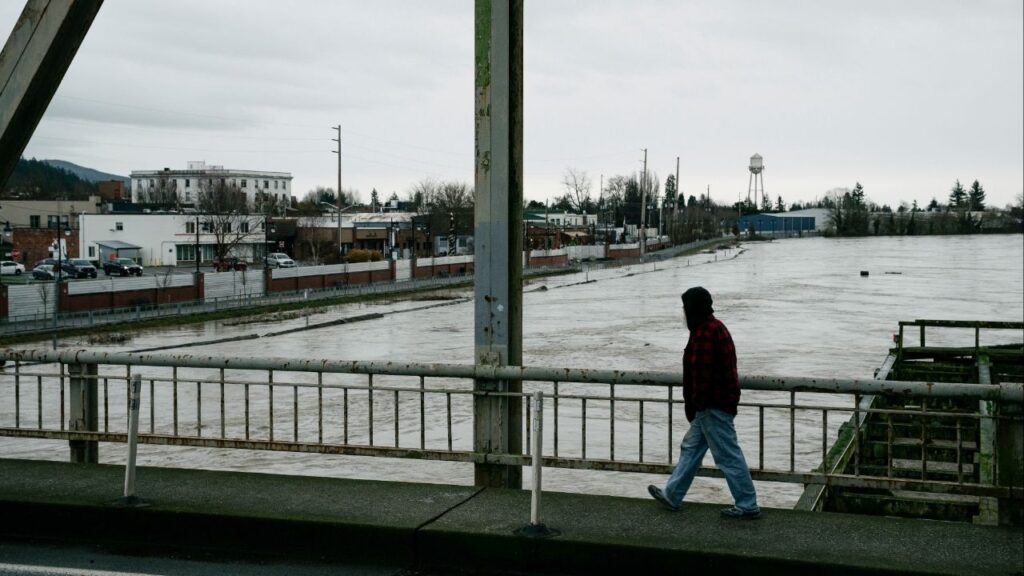Share
SAN FRANCISCO — A wildfire in California wine country that may have been caused by a high-voltage transmission line called into question Pacific Gas & Electric’s strategy of selectively cutting off power in windy weather to prevent blazes, and could force it to resort to even bigger blackouts affecting millions as early as this weekend.
The repeated shut-offs and the prospect of longer and more widespread ones brought anger down on the utility from the governor and ordinary customers.
“We will hold them to account,” warned Gov. Gavin Newsom, who has repeatedly blasted PG&E — the nation’s largest utility — for what he calls years of mismanagement and underinvestment that have left its grid less resilient.
PG&E Did Not Shut Down Long Distance Power Lines
Twice over the past two weeks, PG&E has cut power to large areas of Northern and Central California to reduce the risk of its equipment sparking fires. Nearly 2 million people lost electricity earlier this month, and then as many as a half-million this week.
But PG&E’s decision to shut down distribution lines but not long-distance transmission lines may have backfired this time when a blaze erupted near the Sonoma County wine country town of Geyserville.
The fire burned at least 49 buildings and 34 square miles (65 square kilometers) and prompted evacuation orders for some 2,000 people. No serious injuries were reported.
PG&E said a live, 230,000-volt transmission line near Geyserville had malfunctioned minutes before the fire erupted Wednesday night, and a broken “jumper” wire was found on a transmission tower.
PG&E CEO Bill Johnson said it was too soon to say whether the faulty equipment sparked the fire. He said the tower had been inspected four times in the past two years and appeared to have been in excellent condition.
But PG&E stock plummeted 31 percent on the news. And the blaze could mean wider blackouts ahead.
“It’s kind of a logical next step to say, ‘Well, if our high-voltage transmission lines are at risk, we’ve got to shut those down too,'” said Alan Scheller-Wolf, professor of operations management and an energy expert at Carnegie Mellon University.
PG&E, he said, “can’t win.”
Grim Parallels to Paradise Fire
The possible link between the wine country fire and a PG&E transmission line contained grim parallels to the catastrophic fire last year that tore through the town of Paradise, killing 85 people and destroying thousands of homes in the deadliest U.S. fire in a century. State officials concluded that fire was sparked by a PG&E transmission line.
The line that failed this week is newer and should have been more robust, said Michael Wara, director of the climate and energy program at Stanford University. Its failure will probably make PG&E more cautious, which means more widespread blackouts, he said.
“There’s going to be more collateral damage,” Wara said.
Turning off big transmission lines reduces the stability of the electrical grid, leading to bigger outages, Wara said. Transmissions lines also take longer to re-energize because everything connected to them must be inspected, he said.
Widespread Blackouts Could Last for Decade
PG&E’s CEO has said it will take about a decade before widespread outages aren’t necessary.
Minimizing blackouts will require PG&E to harden its grid with stronger poles and newer equipment less likely to fall or spark. Cameras, weather sensors and a more segmented grid would allow the company to target blackouts to areas in the most danger.
PG&E began resorting to large-scale shut-offs after its equipment was blamed for several blazes in recent years that killed scores of people, burned thousands of homes and ran up billions of dollars in claims that drove the utility into bankruptcy, where it is still trying to put its finances in order.
The repeated and sometimes lengthy blackouts have frustrated Californians contending with uncertainty, spoiled food and disrupted plans. Many have complained about poor communication from the power company.
“I feel like we’re being held hostage for their failings and their incompetence,” said Logan Martin, 55, of Santa Rosa.
This year’s fire season in California has so far been mild, with fewer deaths and fewer acres burned following two years of deadly conflagrations.
Experts say it is impossible to know how much the blackouts contributed to that, but PG&E has cited numerous instances of wind damage to its equipment that it said could have caused fires if the lines had been electrified.
Categories

Nasdaq Slips as Oracle AI Shock Overshadows Fed Relief


















